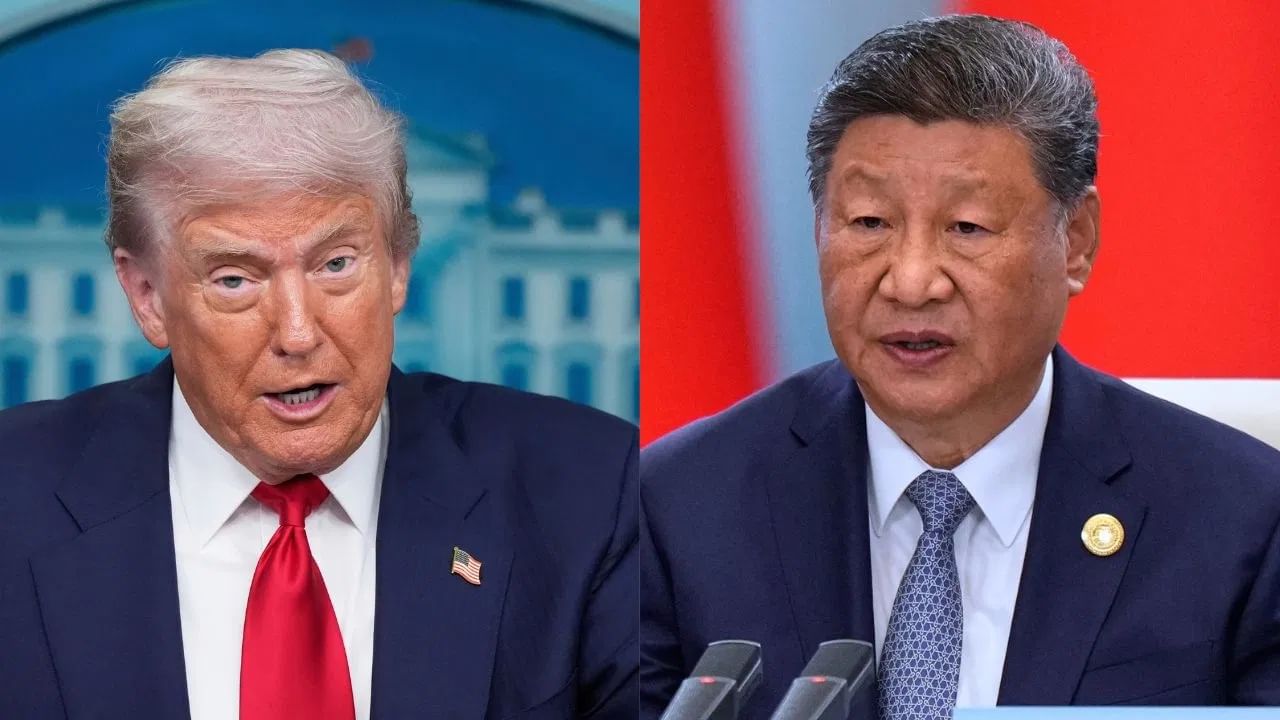The world’s second largest Chinese power seems to be sinking in the face of US President Donald Trump’s insistence on tariffs. China’s economic growth rate fell to its lowest level in a year during the third quarter, raising questions about the resilience of its growth model and highlighting persistent structural imbalances. According to Reuters report, weak domestic demand and dependence on exports have emerged as major challenges for policy makers.
Gross domestic product (GDP) increased by 4.8 percent in the third quarter. On a quarterly basis, the economy expanded 1.1 percent, slightly above expectations of 0.8 percent and surpassing the second quarter’s revised 1 percent growth. The year-on-year growth rate from January to September was 5.2 percent, putting China on track to meet its 5 percent annual target.
Consumer spending remains weak. Retail sales grew just 3.0 percent in September, a 10-month low, while fixed asset investment declined 0.5 percent year-on-year from January to September, the first decline since the pandemic. Domestic recession is being seen in many sectors, due to which there is increasing pressure on businesses dependent on local demand.
Temporary relief from exports
Manufacturing and exports have supported growth to some extent. Although exports to the US have declined by 27 per cent year-on-year, exports to the European Union, South East Asia and Africa have increased by 14 per cent, 15.6 per cent and 56.4 per cent respectively. Despite this, Chinese manufacturers are facing fierce global competition, and are often sacrificing profit margins to maintain market share.
Jeremy Fang, a sales executive at a Chinese aluminum company, said that if your price is $100 and the customer starts bargaining, it is better to reduce the order by $10-20. You can’t hesitate. His experience highlights the cost pressures faced by exporters outside the US.
impact of trade tension
Uncertainty is increasing due to renewed confrontation with Washington. President Trump has threatened to raise tariffs on Chinese goods to 100 percent starting Nov. 1, though officials have suggested both sides may try to ease tensions ahead of potential high-level talks, including a possible Trump-Xi meeting at the APEC summit in South Korea.
Lin Song, chief economist for Greater China at ING, said China is on track to meet this year’s growth target, so we may see less policy urgency. But problems like low consumption, investment and falling asset prices due to weak confidence still need to be addressed.
The property market remains in a recession, with investment falling 13.9 percent year-on-year in the first nine months. Limited stimulus measures have provided little relief so far, weakening consumer confidence.
Policy focus and long-term plans
Chinese leaders are holding closed-door meetings this week to discuss a 15th five-year development plan that is expected to emphasize high-tech manufacturing amid rising US tensions. Analysts are also keeping an eye on the Politburo session and the Central Economic Work Conference in December for policy direction in 2026.
Dan Wang, China director of Eurasia Group, said that I do not think that consumer centric will be any additional incentive. The focus is on the long term, including pension reforms, which will improve consumption in the future, but will slow down in the short term due to layoffs and less cash.
Mixed Industrial Signal
Industrial production grew by 6.5 percent year-on-year in September and by 5.2 percent in August, showing uneven growth. Although the manufacturing sector is showing resilience, weak domestic consumption and declining property investment remain challenges to China’s economic stability.
Policymakers face a delicate challenge: maintaining core gross domestic product (GDP) growth while addressing structural weaknesses. With temporary support from exports and subdued domestic demand, the coming months will be crucial for China’s economic progress.
